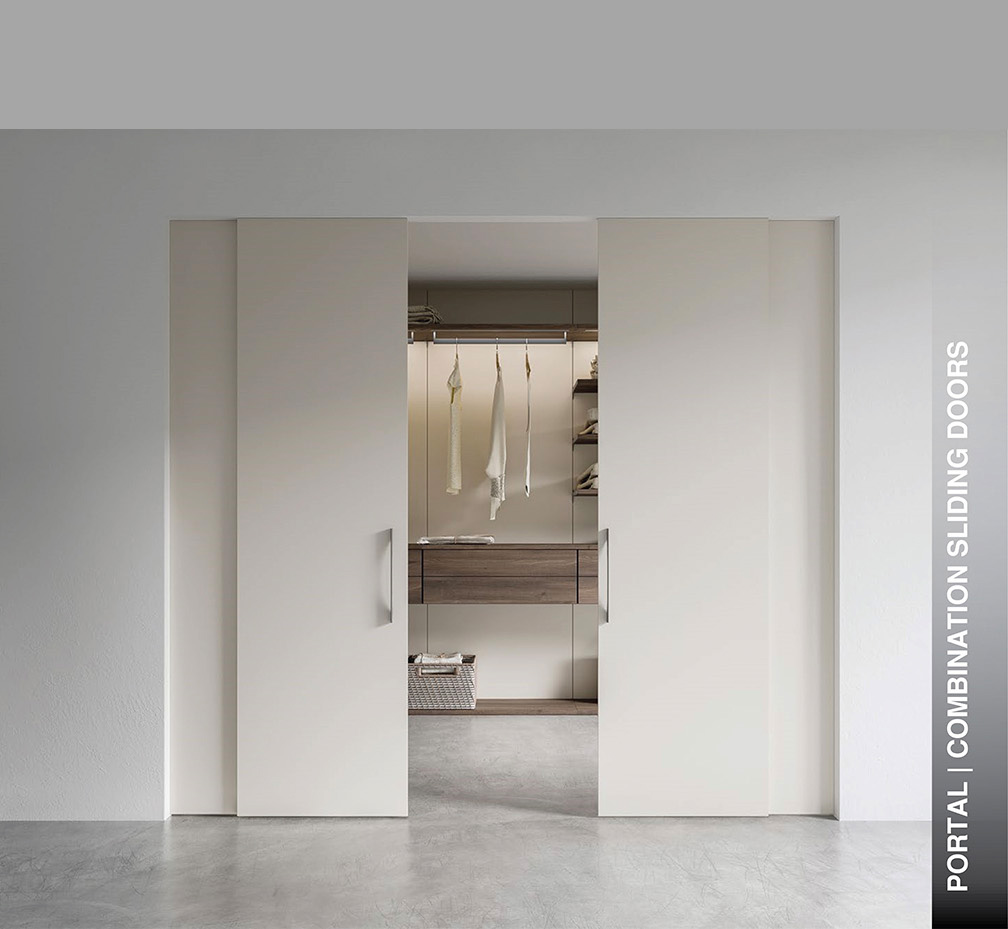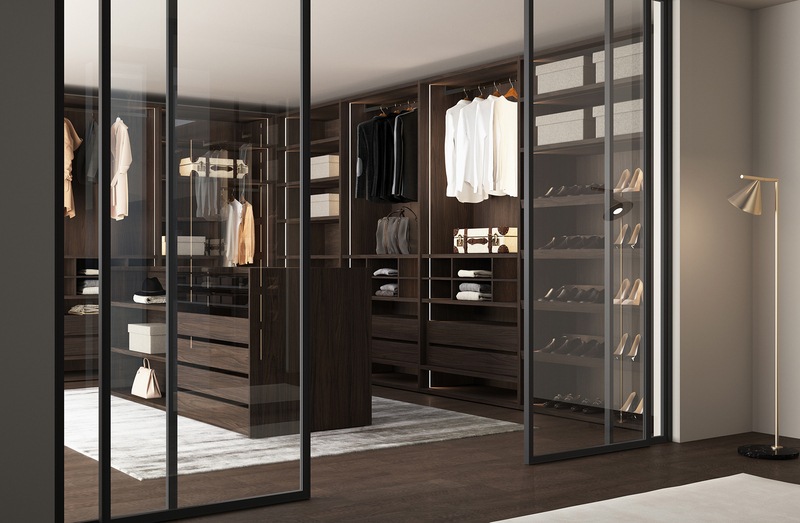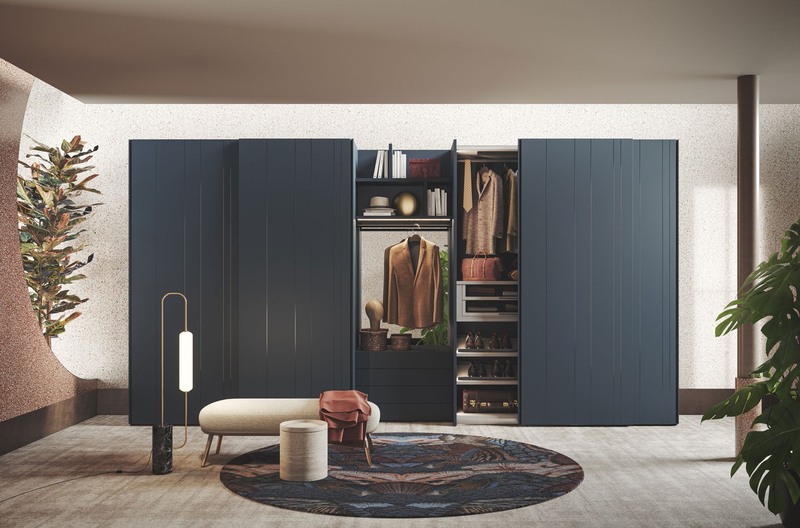Sliding Closet Doors
Closets come in all sizes, from enormous walk-in closets to small reach-in closets. The smaller ones are the best candidates for sliding closet doors. The primary advantage of these doors is that they don’t require any additional room to open. The disadvantage, except in the case of sliding pocket doors, is that you can only view one side of your closet at a time. But these inexpensive, Italian-made closet doors are used all over New York City. Call Muretti — a kitchen, bathroom and closet design firm — to see if sliding closet doors are right for your space.
Are Sliding Closet Doors Trendy?
Always a trendy choice, sliding closet doors are a great alternative to the traditional closet doors you usually see with built-in closets. These closet doors don’t take up extra space because of the way they’re constructed. This makes them the perfect choice for tiny bedrooms.
Muretti is famous for Italian-made kitchens and bathrooms, and they’ve brought their three decades of experience to closet designs, as well. As a result, you can get a wide selection of custom-designed closet systems that offer both functionality and style. And closet doors are an integral part of most closets.
By choosing a custom closet made in Italy, your sliding closet doors are built to your specifications so they fit perfectly. Sliding closet doors work best with wardrobe closets, wall closets, and other reach-in closets, especially when there’s no room for swinging doors. You can even use sliding closet doors to protect a closet organizer system.
Which Style of Sliding Closet Doors Is Best for Me?
Space constraints often dictate how your closet and its doors are configured. If you have abundant space, you may consider adding sliding doors to an entire wall. But small bedrooms benefit the most from sliding closet doors, as the traditional hinged swinging doors require much more space for the doors to fully open.
Sliding closet doors come in assorted styles, giving you a wide variety of choices. With your Muretti designer to guide you, you can pick the best one fit to match your taste, personality and room dimensions. Common styles include:
- Straight closet doors. These are the simplest in design — basically a wooden slab hanging on a rail. The weight of the door actually makes it easier to slide in either direction. Either paint them or leave the natural wood grain.
- Mirror closet doors. The mirrors on both sliding doors make even small bedrooms appear larger, an optical illusion that provides a sense of grandeur. For a modern look, try painting the door frames.
- Pocket closet doors. Pocket sliding doors may require some architectural work, but they open completely to show the closet’s interior. The doors slide into the adjacent walls to become essentially invisible.
What Are the Alternatives to Sliding Closet Doors?
Sliding doors are best for reach-in closet systems. You wouldn’t put sliding doors on a walk-in closet or a closet cabinet. Other types of closet doors include:
- Bifold closet doors. An alternative to sliding closet doors, these fold back to one or both sides. They also don’t take as much room as a normal swinging door. You can use different materials or colored panels for a more personal look.
- Double closet doors. These work great for bigger closets. If you have walls on either side of the closet, your designer can widen the closet entry space with larger doors.
- French closet doors. These classic white sliding closet doors give your bedroom a vintage, old school feel. Match them with some crochet laced curtains and modern furniture pieces.
Contact Muretti to talk about your closet needs. Better yet, visit their showroom in Manhattan and Queens for some ideas about what your closet can look like.











 environment
friendly
environment
friendly